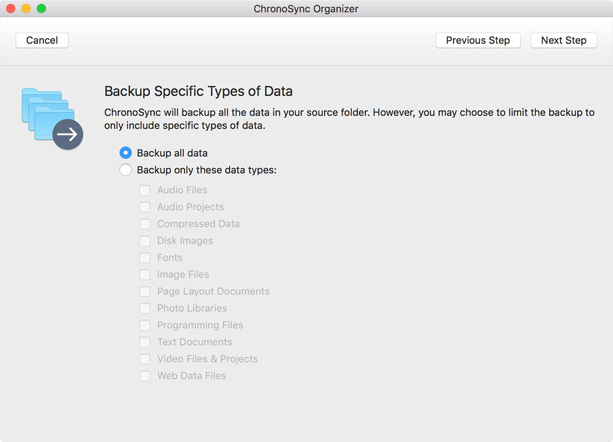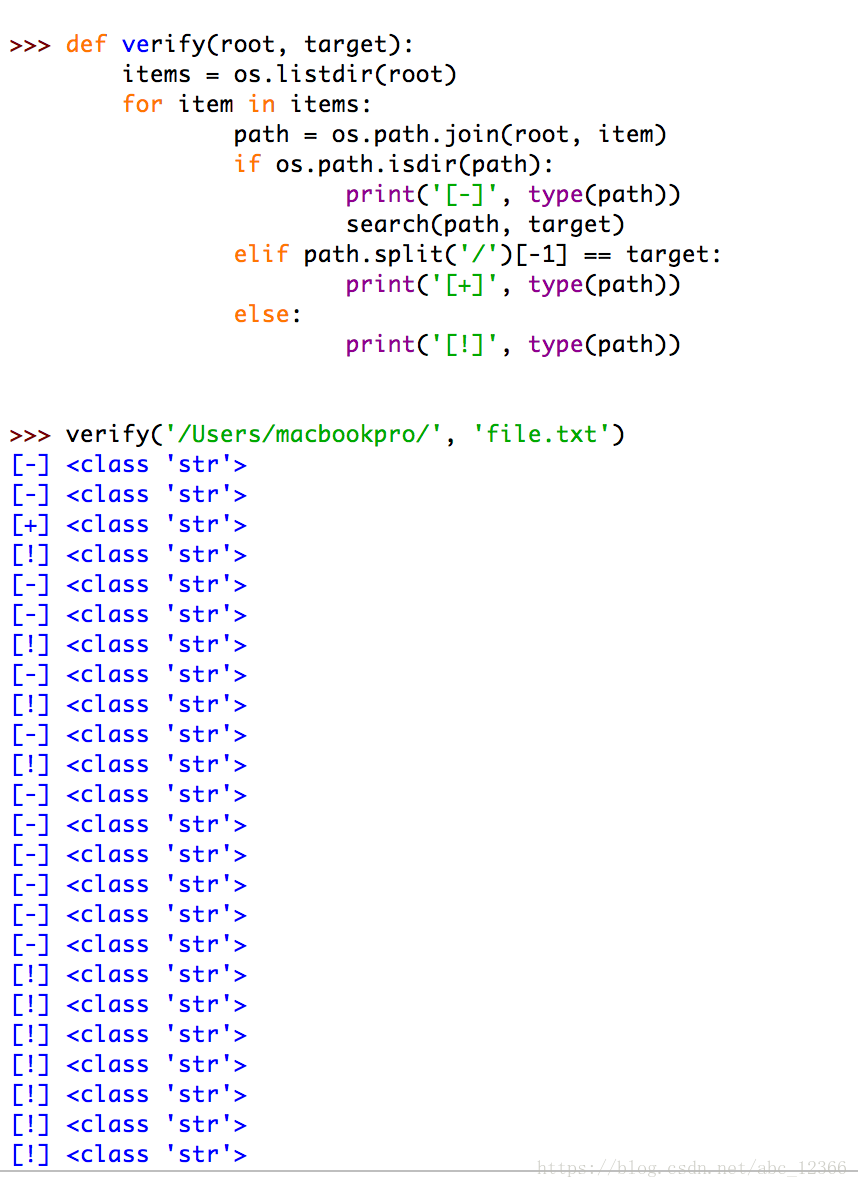
By setting shallow=False the comparison is done by comparing the contents of the files, which takes more time. By default the comparision is shallow ( shallow=True) which means that only the os.stat() signatures (like size, date modified, …) of both files are compared. In the filecmp module you’ll find the cmp() function which can compare two files.
#RECURSIVE FOLDER BACKUP PYTHON HOW TO#
If you wish to implement this yourself, see this article for an example of how to recursively walk directories in Python. And also keep multiple copies of your important files “Two is One and One is None”. You need to recursively walk the directories, create the directory structure based on the old one, and copy the files in each sub-directory to their proper directories at the destination.

#RECURSIVE FOLDER BACKUP PYTHON CODE#
This can then be combined with automatic processing, modification or deletion of files and directories instead of manually going through each file.Ī fair warning: Always check and test the code properly when modifying the file system with any operation like deleting, renaming, copying, among others. When you have a painful mess of files and folders (like here, or here), which are difficult to plow through, Python is your friend to automate the search and comparison. unique id for each folder, used when writedatabasex2 is enabled, each assigned a random string by default archivedir '.backupy/Archive' can be any subdirectory configdir '.backupy' can't be changed under normal operation logdir '.backupy/Logs' can be any subdirectory trashdir '. In this quick little article you’ll see a couple of useful recipes to compare files and directories with the filecmp module. Code like this should work: import os import sys rootdir sys.argv 1 for folder, subs, files in os.walk (rootdir): with open (os.path.join (folder, python-outfile. Since Python 3.The Python standard library offers a powerful set of tools out of the box including file system handling. # For absolute paths instead of relative the current dir # Return a list of regular files only, not directoriesįile_list = Rootdir = Path('C:/Users/sid/Desktop/test') That way you wouldn't have to do as much logic inside the body of your iteration over the os.listdir results, and could actually just do it as a simple sum of recursive calls. To search recursively over all files in a folder, replace files os.listdir ('.') in the previous code with: files for (dirpath, dirnames, filenames) in os.walk('.'): for f in filenames: files.append(os.path.join(dirpath, f)) Comparing Directories with dircmp You can also compare directories with the dircmp class. Therefore, with Python 3. The script creates the entire folder structure within the backup folder and then creates syncs recursively for all files within the source folders.


dirsexistok dictates whether to raise an exception in case dst or any missing parent directory already exists.

Copy blobs and add index tags Copy blobs to another storage account and add blob index tags to the target blob. Recursively copy an entire directory tree rooted at src to a directory named dst and return the destination directory. Another way of returning all files in subdirectories is to use the pathlib module, introduced in Python 3.4, which provides an object oriented approach to handling filesystem paths (Pathlib is also available on Python 2.7 via the pathlib2 module on PyPi): from pathlib import Path Your recursive function would actually be simpler if it accepted any arbitrary path. azcopy copy ' ' -recursive The copy operation is synchronous so when the command returns, that indicates that all files have been copied.


 0 kommentar(er)
0 kommentar(er)
